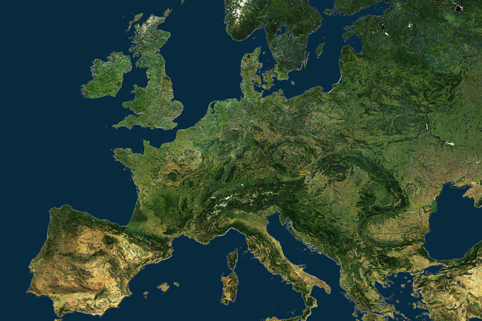
The European Audiovisual Observatory has published the Volume 2 of its 2013 Yearbook.
In it’s 19th year, the reference publication, Television, cinema, video and on-demand audiovisual services – the pan-European picture, provides figures and analyses on the position of the European audiovisual industry on the global market, on the developments of distribution platforms, TV services and the European cinema and video market.
This year, for the first time, the Yearbook provides analysis of the position of European fiction in the programming of TV channels in the US.
The report’s analysis of the programming of fiction (films, TV films, series, animation) by 35 TV channels in the US in 2012 shows that the hourly proportion of European fiction was just 8.2%, including 7% for fiction from co-productions or productions co-financed between European producers and producers from other parts of the world (mainly the US). By comparison, the proportion of U.S. fiction in the programming of a sample of European channels consistently exceeded 52%.
Also US groups control 59.5% of VoD services available in the countries of the European Union.
The report also stated that the share of the European industry on the global market of the 50 leading groups (including cinema, TV, on-demand services, recorded music, video games, specialised retailing), fell from 17.1% in 2009 to 12.5% in 2013, whereas the share of US groups rose from 57.7% to 66.4%.
Revenues of public service broadcasters in the European Union fell from 33.4 billion euros in 2009 to 32.6 billion in 2012. In 2012, the proportion of public revenues (licence fees, funding from public budgets, etc.) accounted for 76.2% of these revenues, compared with 21.4% for commercial revenues, and 2.4% for other revenues.
In 2013, the pay-TV sector had 7,898 operators in 37 countries, a significant reduction in their number compared with 8,381 operators in 2009. By contrast, the number of satellite platform operators rose from 73 to 80 and that of pay-DTT platform operators from 25 to 33, while the number of IPTV platform operators on DSL networks rose from 127 to 181, illustrating the growing role of telecommunications operators in the distribution of audiovisual services.
Both Volumes 1 and 2 of the Yearbook can be purchased online at: http://www.obs.coe.int







